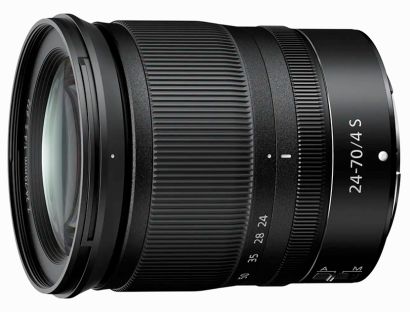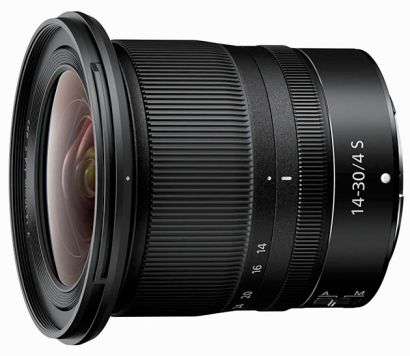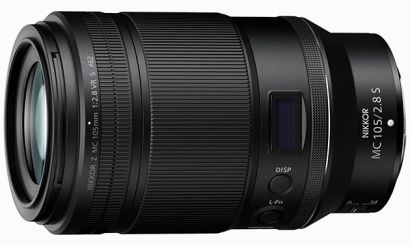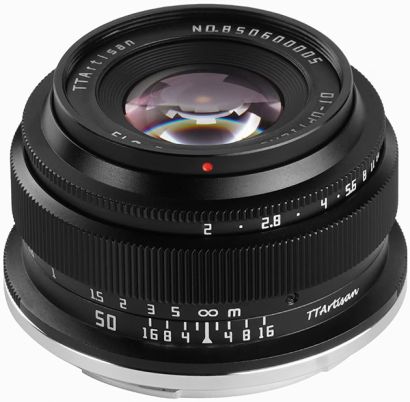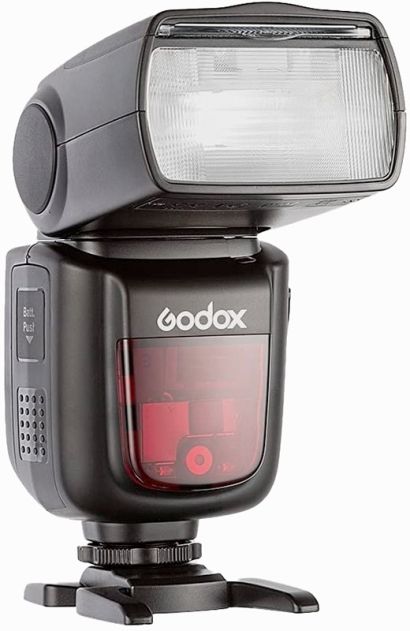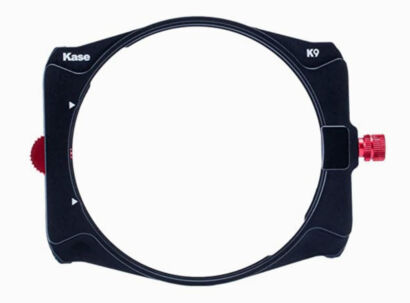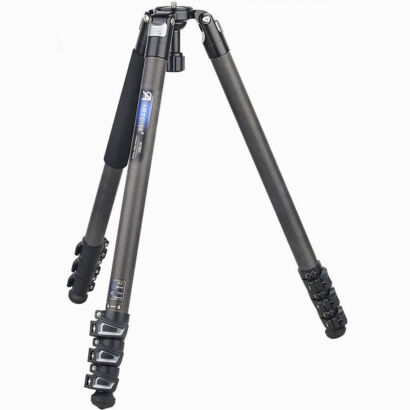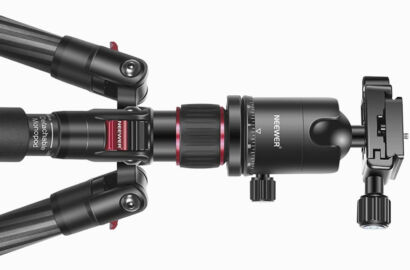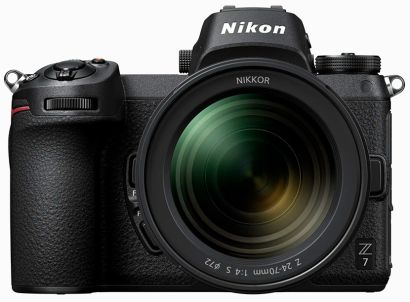
I’ve used lots of different cameras over the year, but it’s Nikon that I always return to. The Z7 reminds me of the D800 I used for many years. It has the same great image quality (with a useful bump in resolution) and intuitive controls, but in a body that’s a fraction of the size and weight. (My poor back appreciates the difference!) There are a few niggles – a few more customisable function buttons wouldn’t go amiss – but it’s a great camera, particularly for landscape photography.
This is my workhorse lens and the one that’s fitted to the Nikon Z7 most often. It has a useful focal range – from wide-angle to short telephoto – and the image quality is excellent (not something you could guarantee with kit lenses of yesteryear). It’s also lightweight, which makes it the perfect companion to the Z7.
Landscape photography and wide-angle lenses are synonymous. Weirdly then, I don’t often ‘see’ extremely wide-angle shots, preferring the (full-frame) range of 35-70mm. That said, this lens is a vital piece of kit. It’s perfect for architecture and for shooting big skies. It’s sharp and yet lightweight too, which is a huge bonus. The fact that you fit filters to it easily is very useful.
The answer to the question ‘does a landscape photographer need a macro lens?’ is ‘yes, a landscape photographer needs a macro lens’. I use my 105mm macro lens to shoot details within the landscape: flowers and plants, textures, and unusual objects that happen to catch my eye. This lens is incredibly sharp, though it does require accurate focusing technique particularly when used wide-open.
This is a surprisingly sharp lens for its price (at least in the centre). It’s fully manual so you have to set both the aperture and focus before shooting, and there’s no electronic communication between the camera and the lens. But despite these drawbacks, it’s a fun lens to use and reminds me of the ‘olden days’ when everything was manual.
Surely landscape photographers don’t use or need flashguns? Well this one does. They’re very useful for macro work and they’re great for ‘painting with light’ projects, to mention just two things. I generally use my Godox V860II off-camera, fired by the Godox XPro TTL wireless trigger.
I still use filters even though it would be possible to shoot without them. Well almost. I prefer to use slot-in filters rather than screw filters directly onto a lens. This requires the use of a filter holder (and a lens adapter ring or two). The Kase K9 is my filter holder of choice thanks to its slimline design and easy-to-use drop-in polariser, which is rotated with a chunky dial on the side of the holder.
Tripods don’t last forever – regular dunking into saltwater does them no good at all. After year of use (and abuse) my Artcise tripod is still in excellent condition. It’s reasonably heavy so therefore nice and stable, and is tall enough so that my camera can be raised to eye level. The levelling base is potentially useful for panoramic stitching, though I find it a bit fiddly to use. Another minor grip is that I occasionally catch my fingers in the leg clips when I’m undoing them. However, that’s happened with other manufacturers’ tripods so perhaps that’s just me. Otherwise it’s a great tripod for the price.
Lightweight tripods aren’t ideal when used with a heavy camera or when it’s windy. My Neewer tripod isn’t one I use every day but it’s great when I need to do a significant hike to a location. It then gets strapped to my camera bag, barely adding to the weight – and of course leaving my hands free, which is useful if any scrambling up and down rocks is required.
I’m a participant in the Amazon Associates programme, which means I earn a small fee whenever you buy a book or other product on Amazon after clicking on one of the Amazon links on my website. (The fee I earn doesn’t affect the price you pay for the product.)


